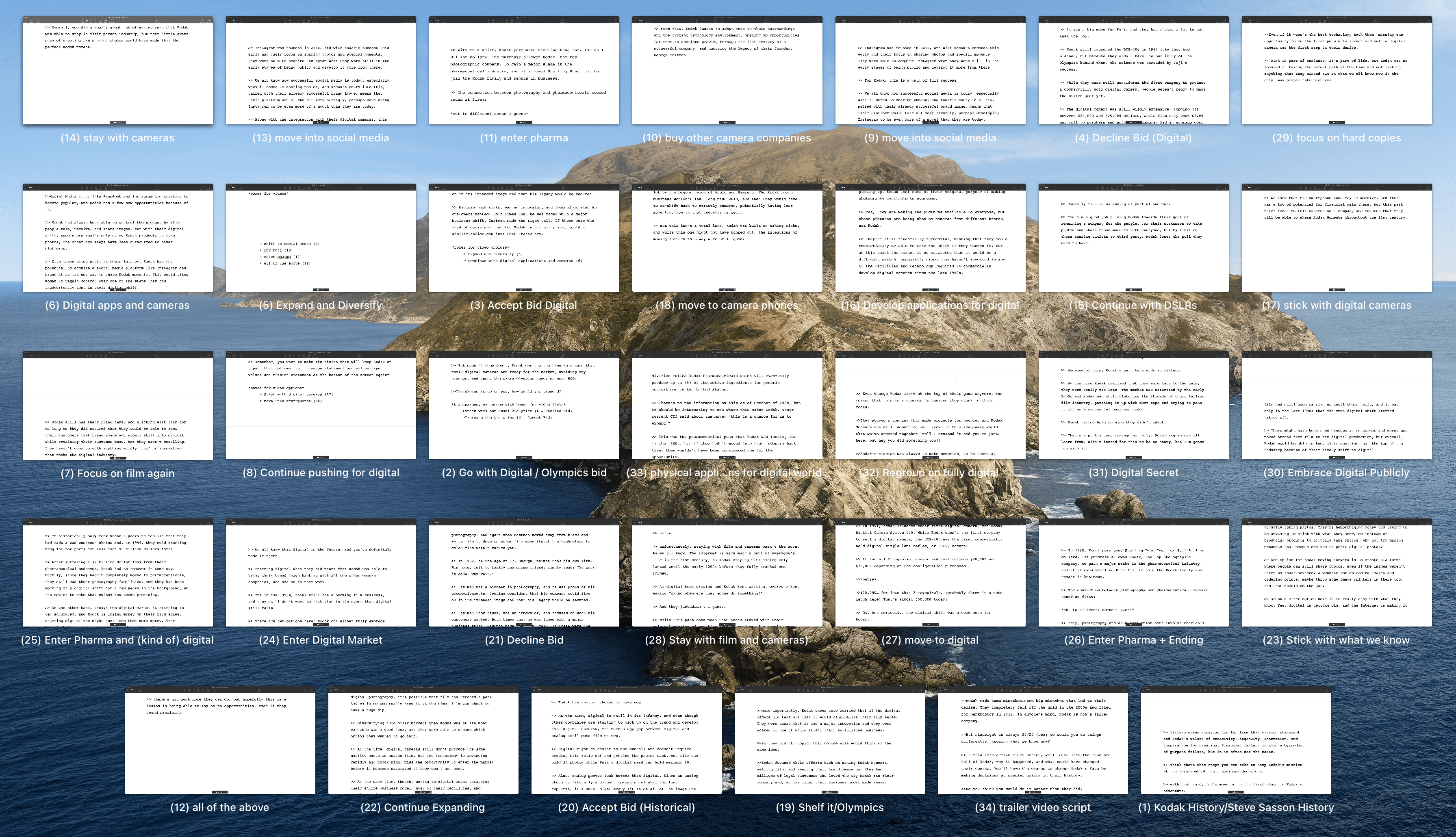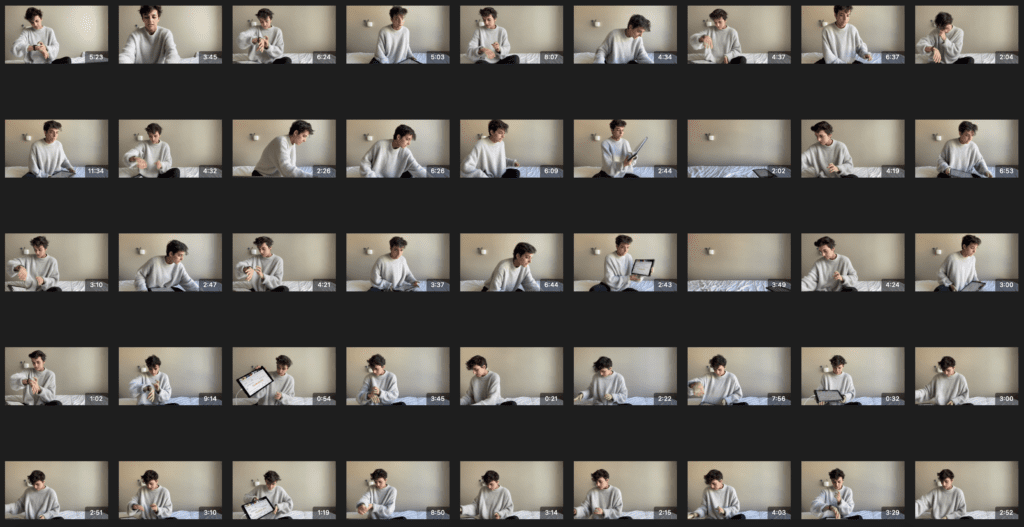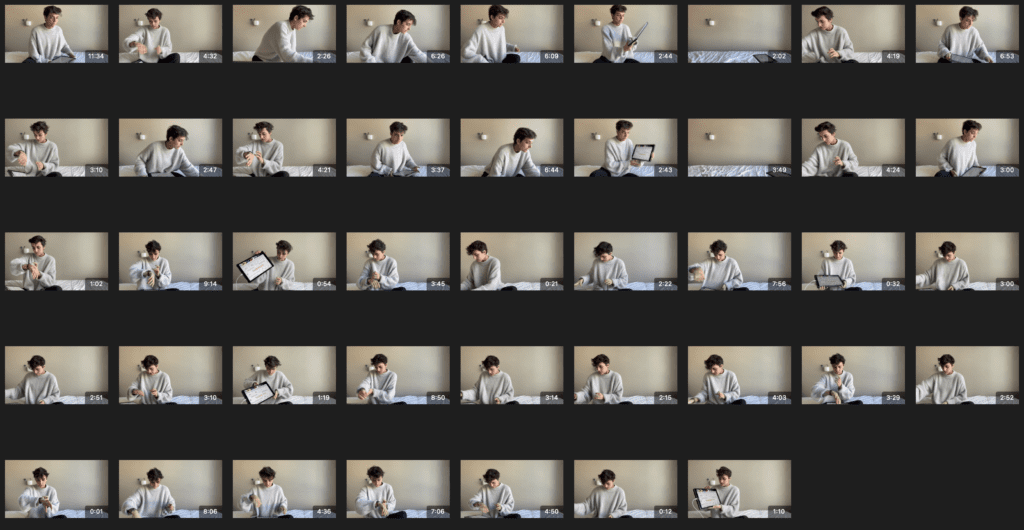
The Anatomy of a Failed Company is an interactive video series and case study detailing the rise and fall of the Eastman Kodak Company. It is an exploration of the decisions the company made that led to their failure, as well as an exercise in risk-taking and management skills for participants.
Mediums used: Adobe Premiere Pro, Adobe After Effects, Adobe Illustrator, Twine, Research
CONCEPT
Failure is something that I am interested in, mostly how we fail and how failure can lead to new prospects and possibilities. Additionally, I am interested in exploring how we can learn from the failures of others and use that information to inform our own decisions.
The Eastman Kodak Company was one of the world's leading photography companies for nearly a century, but today they are nearly extinct. This project serves as an exploration into the decisions they made (or didn't make) that caused their downfall, as well as providing alternate futures to Kodak's success if they had made different decisions.
The goal of this project is to educate my audience about the Eastman Kodak Company as well as inform them about management decisions and risk-taking, something that Kodak strayed from and, in the end, what led to their failure. It might be too late for Kodak to make a recovery but the knowledge of their failure and the decisions that my audience makes will help them evaluate their own risk-taking and problem-solving capabilities.
DEVELOPMENT
This project started with a lot of research. I learned as much as I could about Kodak and their history, as well as other events that happened during Kodak's lifespan that might have influenced their decisions. Understanding what was happening in the world is important to make educated decisions, and this helped me to begin developing my decision tree.
I began by laying out the historical path that Kodak took, then worked away from that one thread, marking points during their lifespan when they made critical decisions that led them down the path they took. As my tree continued to grow, I continued my research and kept detailed notes of what parts of the tree were historically accurate and which were based on history, but had some minor tweaks.
Following the creation of the decision tree, I continued to research smaller aspects as I moved into the creation of the scripts for the videos. There are 35 videos altogether, a total of 18 different paths a user can take, and 5 videos in each path. While there is some overlap in a few of the videos, each path is unique and will take the user to a different ending.

Full Decision Tree
A major aspect of this project was ensuring that I was able to provide my audience with accurate information and possibilities without straying too far from history. In order to call this a case study, in-depth research was my main priority to properly pose new possibilities without them seeming too outlandish or impossible. I want my audience to know that not everything I present is fully accurate to history, but it is all based heavily on true facts and data from that time period.
Once the scripts were completed, edited, and checked for accuracy, I moved to filming. Over the course of 4 days, I recorded all 35 videos, then moved into editing. Editing took the most time, and I spent almost three weeks ensuring that the product I was creating was up to my own standards for quality, accuracy, entertainment, and educational value.
The editing process had three stages: rough edits, audio and color edits, and quality edits. The rough edits took the longest, as I had to sift through over ten hours of raw footage to create my basic timelines. Once those were complete, I moved to adding music and balancing the audio as well as color correcting and composition checks. On my final pass, I added graphic elements, images, supporting videos, and textual clarifications.

All Video Scripts
Another goal I had when I took on this project was to clean up my editing pipeline, to get better at managing countless files, and to learn more about the programs I was using. As I continued editing, my pipeline became more streamlined and I was learning small hacks to the programs in order to get them to do what I wanted without taking extra steps.
Once the editing was complete, I watched each video all the way through before exporting and uploading them to YouTube where I linked all the videos together in the end cards and published them publicly. The only videos that are available to click on through my channel are the trailer video and the History of Kodak. This was done to avoid confusion if someone were to click on one of the videos halfway through a path and not know that it was part of a series. This was also done to avoid misinformation. Since most of my videos do not follow the historical path that Kodak took, I wanted to avoid any chance of someone watching a video and taking it as fact without all of the information they needed to understand how the project works.


All raw footage clips

